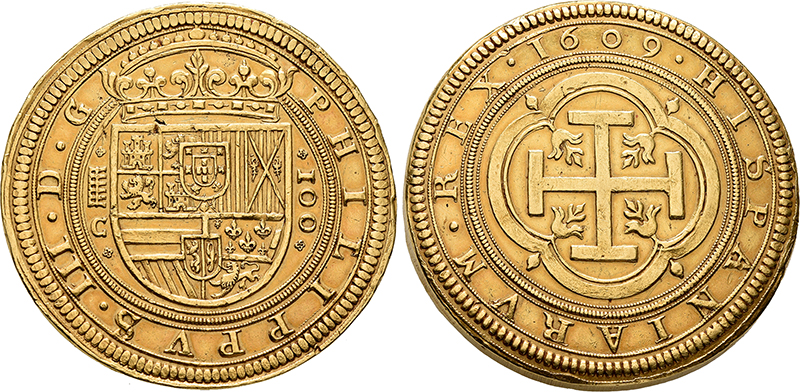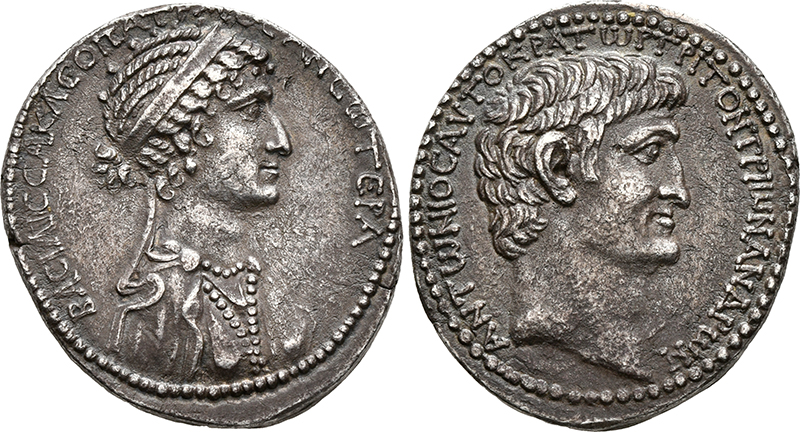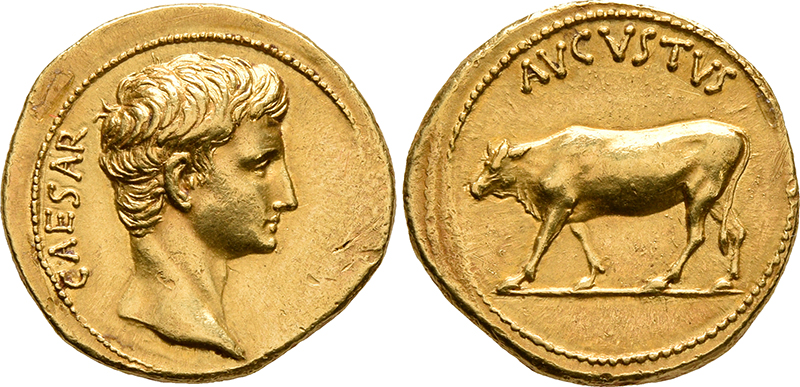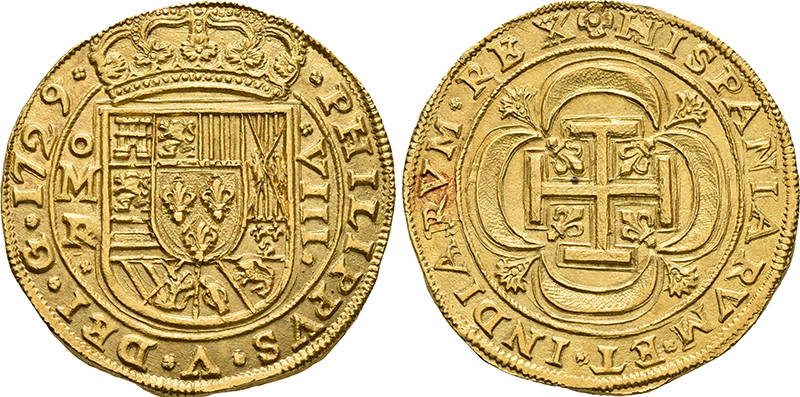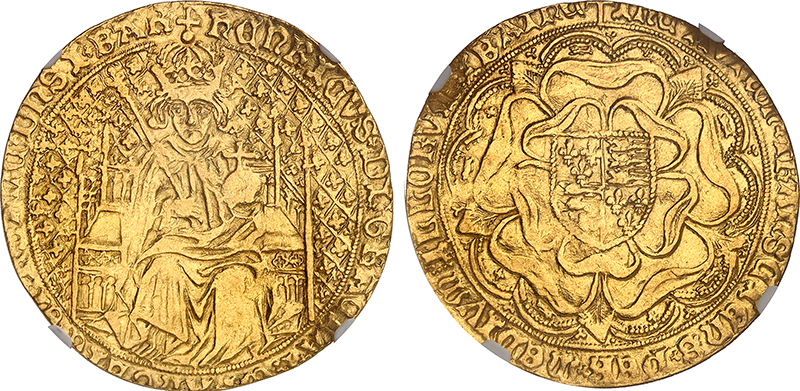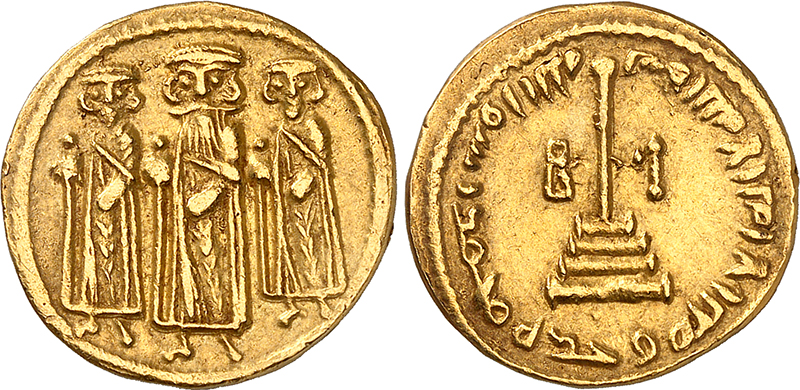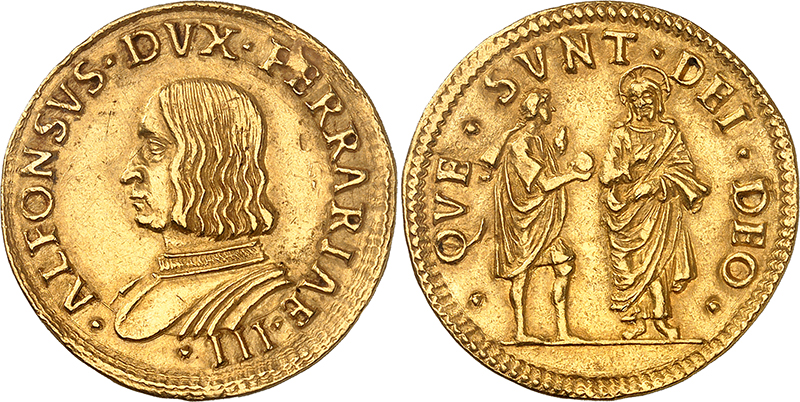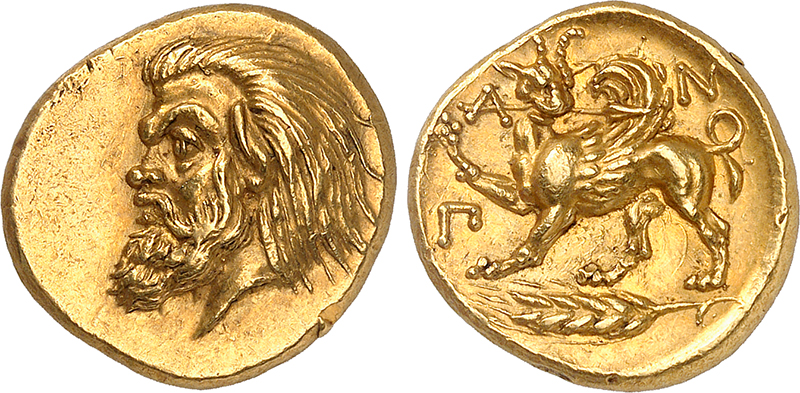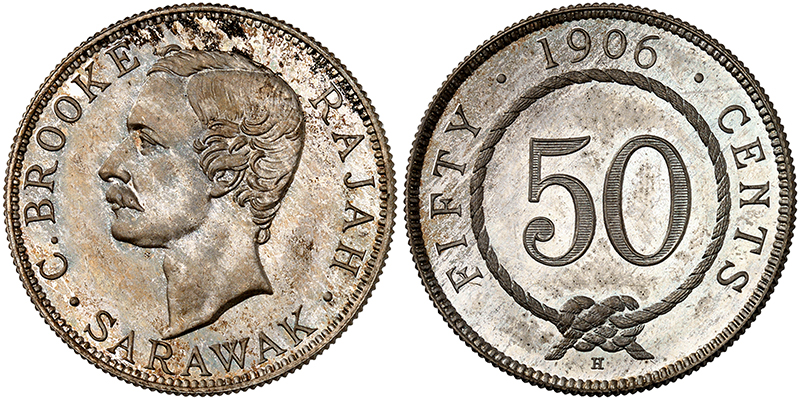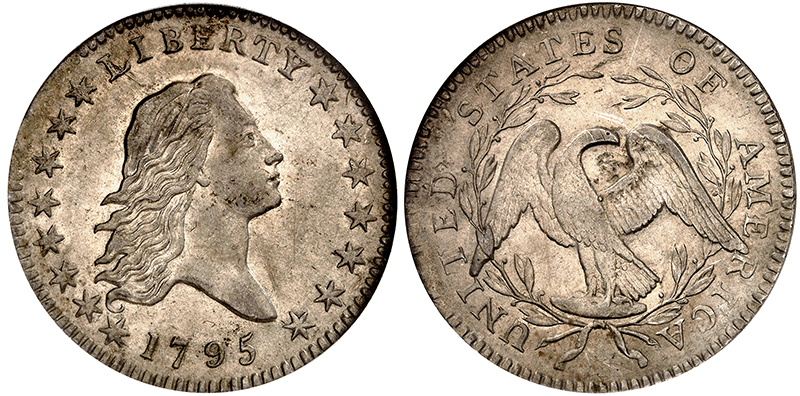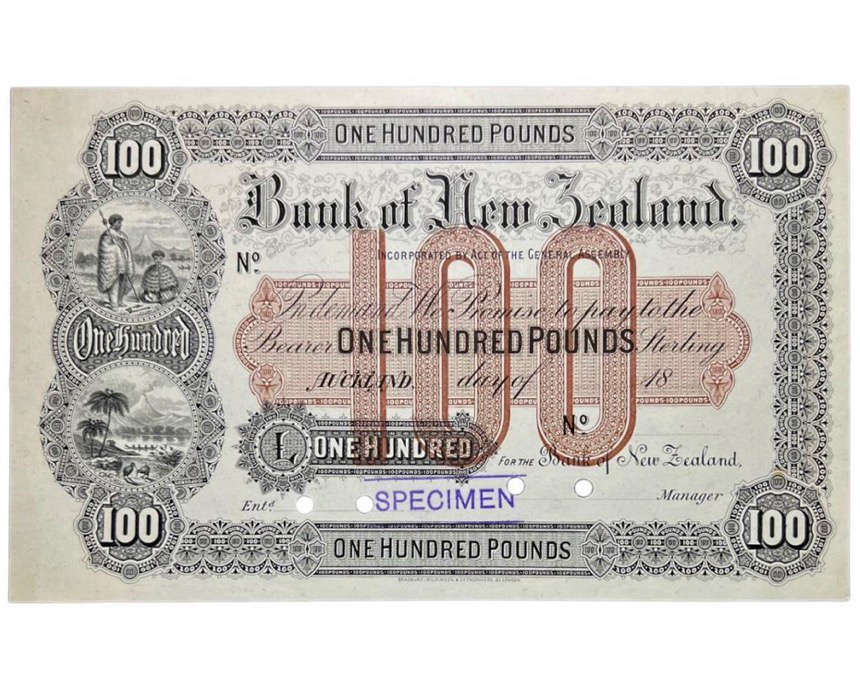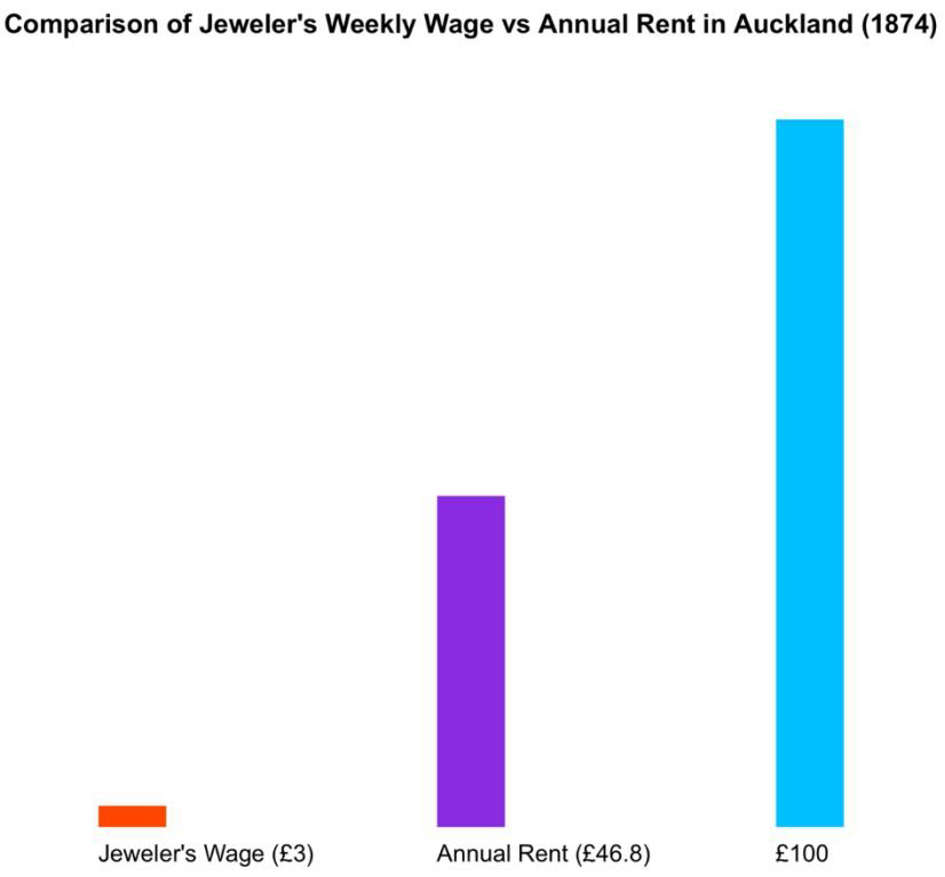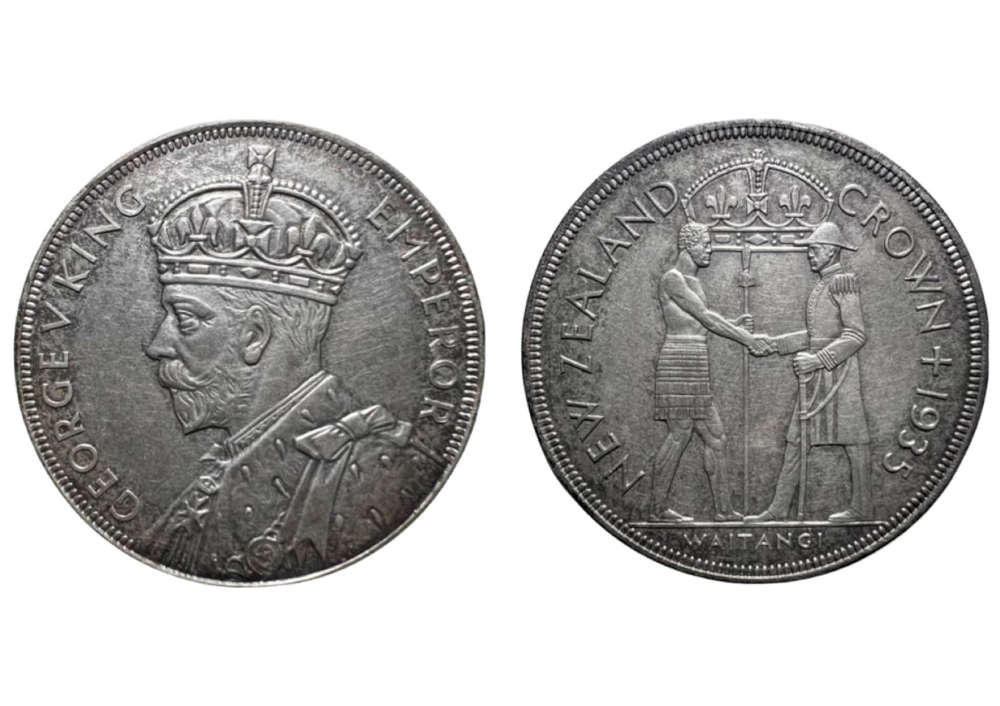A Short Numismatic History of New Zealand
By Joshua Lee
In 1840, New Zealand was under the extension of British law upon signing the Treaty of Waitangi. As a result, specific provisions from the British Imperial Coinage Act of 1816 were applied to the colony, enabling foreign gold, silver, and bronze coins to be used alongside British coins as legal tender in New Zealand.
Content
The Highest Denomination Banknote for New Zealand
Around the same time, private “Trading Banks” issued their own banknotes until the Reserve Bank of New Zealand was established in 1934. The Bank of New Zealand was the largest of those banks and still operates today. To this day, the highest denomination of either coin or banknote ever issued for circulation in New Zealand would be 100 Pounds.
A quote from the 1900s from Robert Pepping’s publication exemplifies the rarity of a 100 Pound banknote: “I have never seen a 100 Pound note[…]. For the ordinary mortal, it is one of those things that are too good to be true.”
The 100-Pound above was formally owned by Amon Carter, whose collection contained some of the world’s best examples of coins and banknotes. Amon Jr. was a prolific collector-dealer and held the title of International Bank Note Society (IBNS) Life Member #5.
To demonstrate the immense purchasing power of a single One Hundred Pounds, consider the following statistics from The Official Handbook of New Zealand 1875. In 1874, a jeweller, considered among the higher earners, received £3 weekly. On the other hand, the cost to rent a typical six-room house in Auckland ranged between 12 shillings to 18 shillings per week. This translates to an annual rent ranging between £31.2 and £46.8. Remarkably, a single £100 note could cover over two years of rent for such a house.
New Zealand’s Early Currency
In the mid-1800s, due to a shortage of coins, particularly copper ones, private merchants issued their own penny and half penny, commonly referred to as Tradesman Tokens, which remained in circulation until they were phased out of circulation in the 1880s.
One of the most interesting albeit controversial items from this period is the 1879 “Pattern Penny” by Joseph Moore, which remains highly sought-after despite its classification as a token, dated 61 years before the first Royal Mint pennies and halfpennies in 1940 under King George VI.
New Zealand’s Most Famous Coin
Following a declaration under the Coinage Act of 1933, British coins lost their status as legal tender from 1 February 1935. Instead, New Zealand adopted their coinage system, maintaining their Imperial counterpart’s exact weights, dimensions, and values.
The world-famous 1935 Waitangi Crown of Five Shillings is the first New Zealand crown issue, depicting the pivotal agreement that represents the signing of the Treaty of Waitangi on 6 February 1840. Featuring on the reverse, a finely detailed depiction of a Ngāpuhi Māori chief, Tāmati Wāka Nene and New Zealand’s first governor William Hobson shaking hands.
The First New Zealand Government Issued Banknotes
The first issue of the Reserve Bank of New Zealand banknote depicts Chief Tāwhiao – the second Maori King, a Kiwi, and Mitre Peak. Initially intended as a temporary issue, the design lasted from 1934 to 1940.

This banknote is the finest known of its type and only example graded by PMG. From Heritage Auctions World Paper Money Signature® Auction #4045 / Lot #24509.
On 9th November 2023, at Heritage Auction’s World Paper Money Signature Auction, New Zealand’s Highest Denomination Banknote – Amon Carter’s Bank of New Zealand £100 – will be up for sale. The Finest Known and Only Example graded by PMG.







